Pedals Pt. 2: Identifying Your Power Supply!
This Summer She Shreds has hosted monthly workshops at our HQ in Portland, OR, based on the subjects of guitar, management, and recording. In May we focused on restringing your guitar, and June was all about pedals.


Power supplies are maybe the most important part of your effects arsenal! A bad power supply can make your signal noisy, weak, or even kill your pedals. While part one focused on the types of effects, part two of our pedal series will focus on defining and identifying the power supply of your pedalboard.
Different pedals take different power supplies and it’s important to check what power supply a pedal needs before using. Using the wrong power supply by mismatching volts or polarities can damage or break your pedals or make them not work correctly! Here are a few things to check:
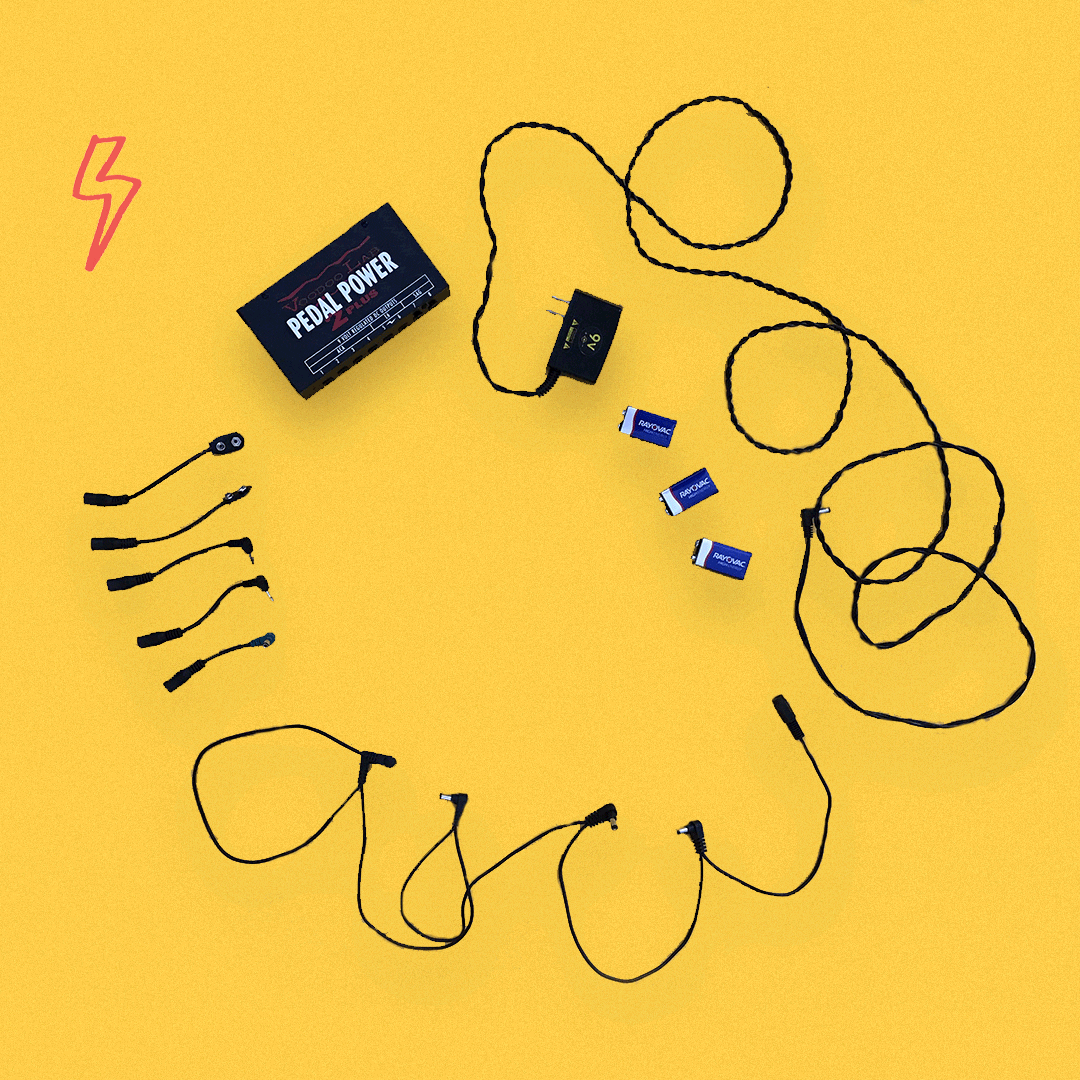
Is it AC or DC?
Power supplies come in AC (alternating current) or DC (direct current). Some pedals use AC and some use DC! You can find which voltage your pedal requires by visiting the products site page but most pedals use the standard 9-volt DC adapter.
Negative or positive?
DC power supplies can either be a negative or a positive polarity, sometimes called a center. Make sure to check which one you need before using a DC power supply on a pedal! Here’s a picture of a negative vs. positive label:

Volts
Power supplies come in different voltages, so make sure to check that! If a pedal requires an AC adaptor that’s 12 volts, using a 9 volt AC adaptor can be harmful to it.
Amperes
Pedals can require a different amount of amps, in this case milliamps (usually shortened to mA on adaptors and pedals). This is sometimes written on the back of the pedal and if it’s not there, you can do a quick internet search. Many pedals don’t require that many milliamps and will be fine, but it’s good to double check.
Some pedals take different size and shape tipped adaptors also! This is easy to figure out: if it doesn’t fit, it doesn’t fit. Find an adaptor with a tip that’s compatible to your pedal power input!
A popular power supply that works with a lot of pedals is the Truetone 1 SPOT power supply. This power adaptor is a 9V negative center DC adaptor that can power up to 1700mA.
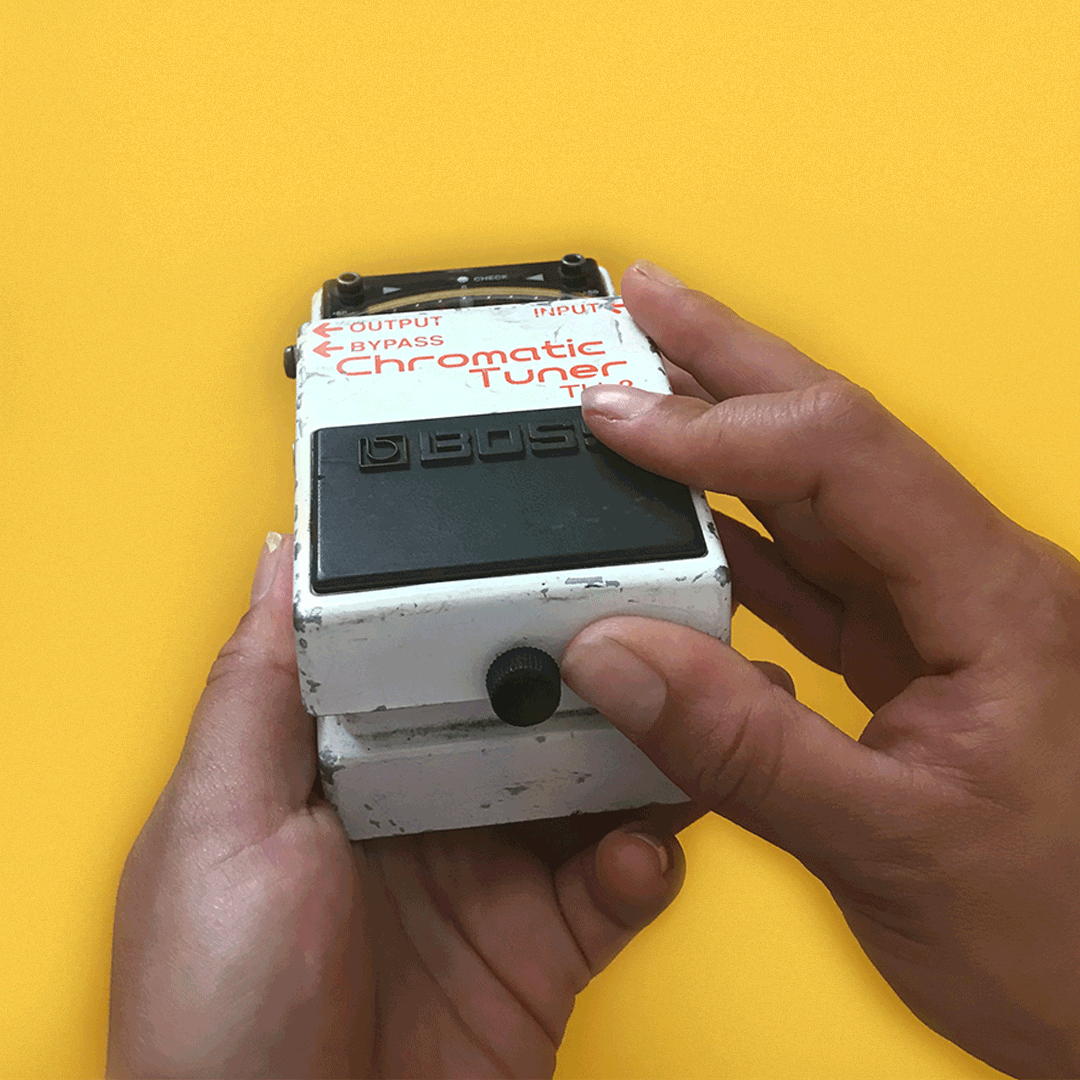
Historically, many pedals were just powered with batteries (usually 9V, but I’ve also seen some powered with other types of batteries). This is a great option if you don’t mind being on top of having extras around in case your pedal starts running low on juice. Batteries keep the signal clean and take away any weird interference power supplies might bring into the mix. If you’re only using one or two pedals, this might be the best option!
Powering a bunch of pedals at once can be tricky! Think of those huge shoegaze pedalboards you sometimes see! How do they do it? There are a few ways…
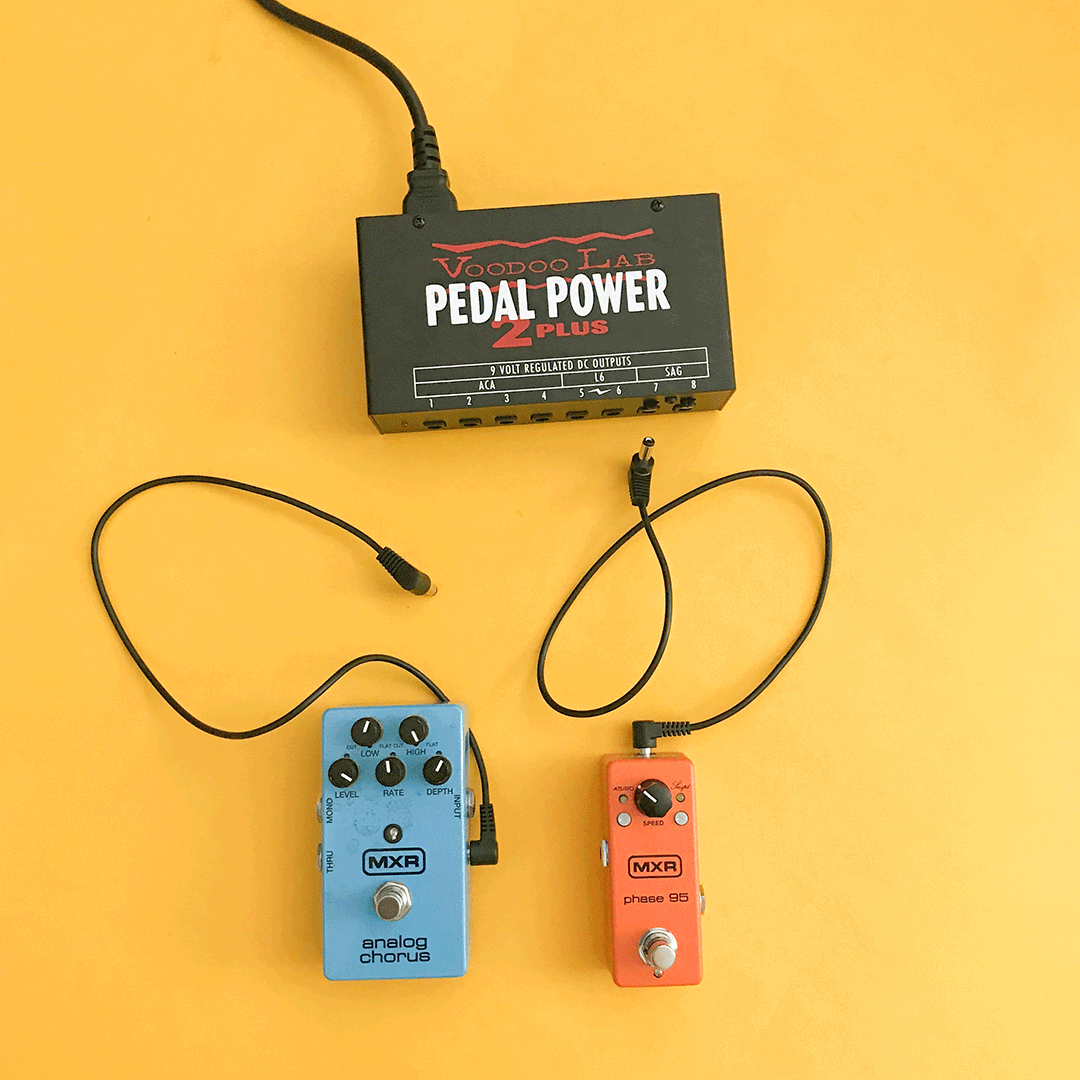
These bricks plug in and have multiple outputs for all your pedals. You can get different cables to match the inputs of your pedals and some power bricks even have different voltage outputs so you can power your 9V pedals through the same power supply brick as your 12V pedals! These also have seperate outputs for each power cable, making it so each pedal is powered separately and you usually don’t have to worry about reaching the power supply’s mA cap like you would with a daisy chain setup.
Example: Voodoo Labs Pedal Power
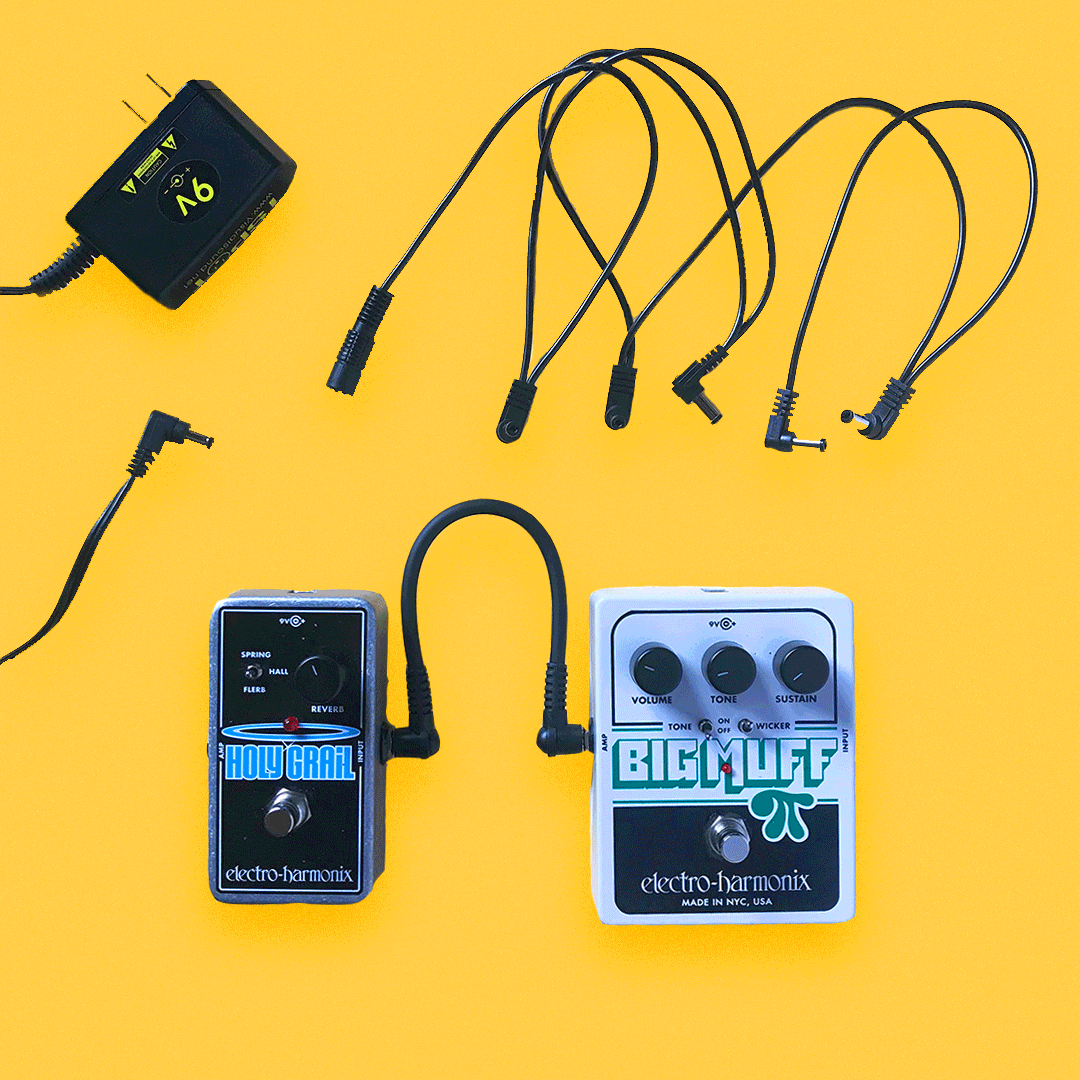
These adaptor chairs attach to the end of a traditional power adaptor, adding multiple plugs to the adaptor.
Example: Truetone 1 SPOT Multi Plug (attaches to 1 SPOT adaptor)

A good thing to remember is those milliamps from earlier. If you add up all the mA’s of your pedals together and it even comes CLOSE to the mA rating of your power adaptor, it’s time to think of a new way to power all those pedals! Or else you could risk them not working, being noisy, or even breaking completely. If you’re using a daisy chain style power supply attached to something like a 1 SPOT (1700mA limit) and all your pedals use close to 1700mAs in power, you should consider switching to a power brick.
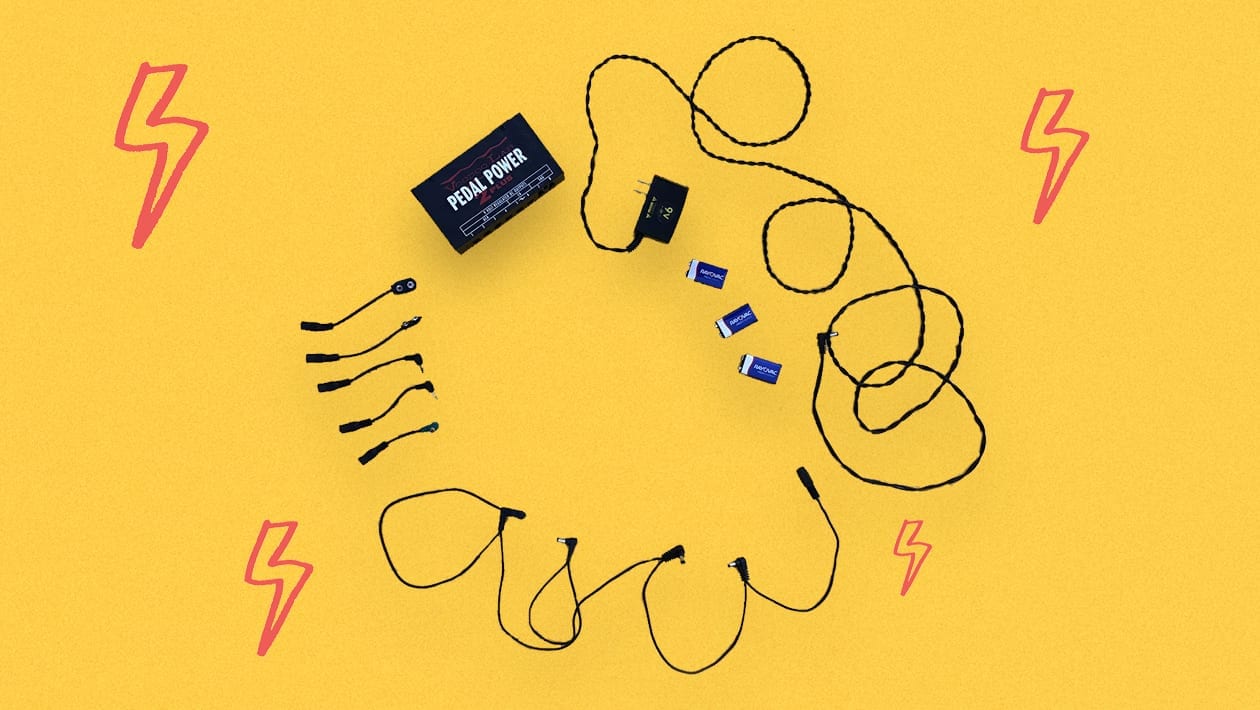







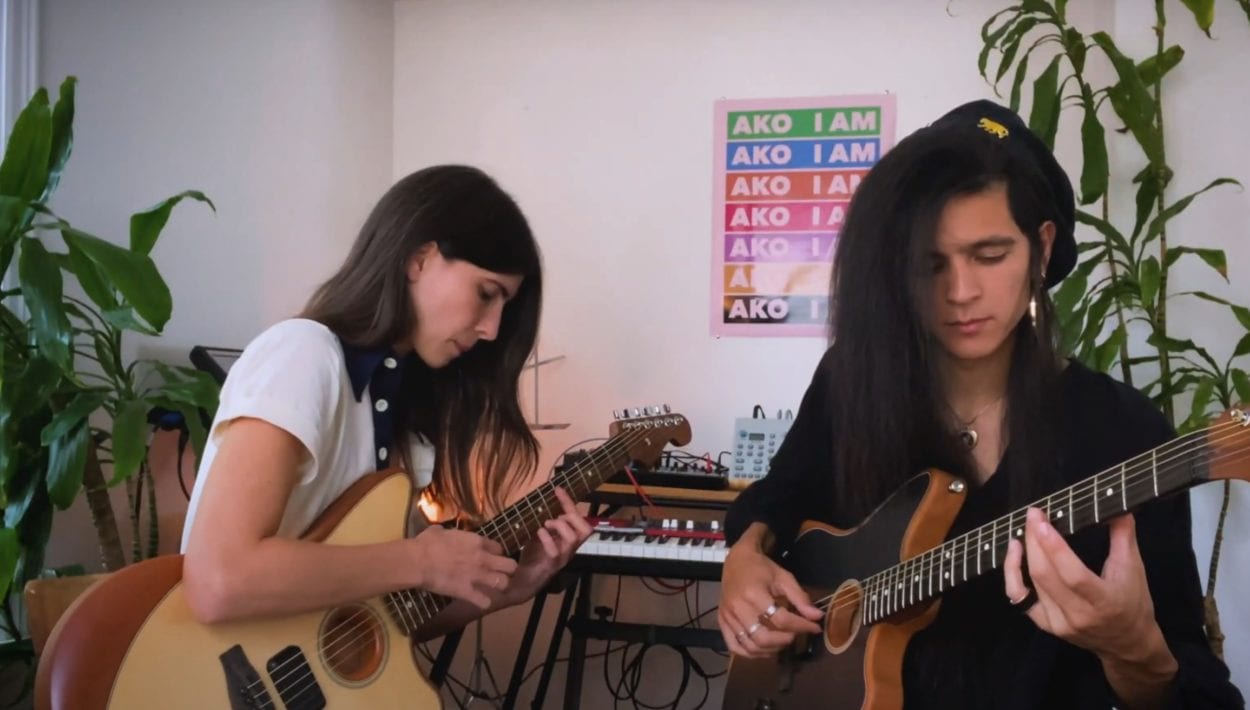


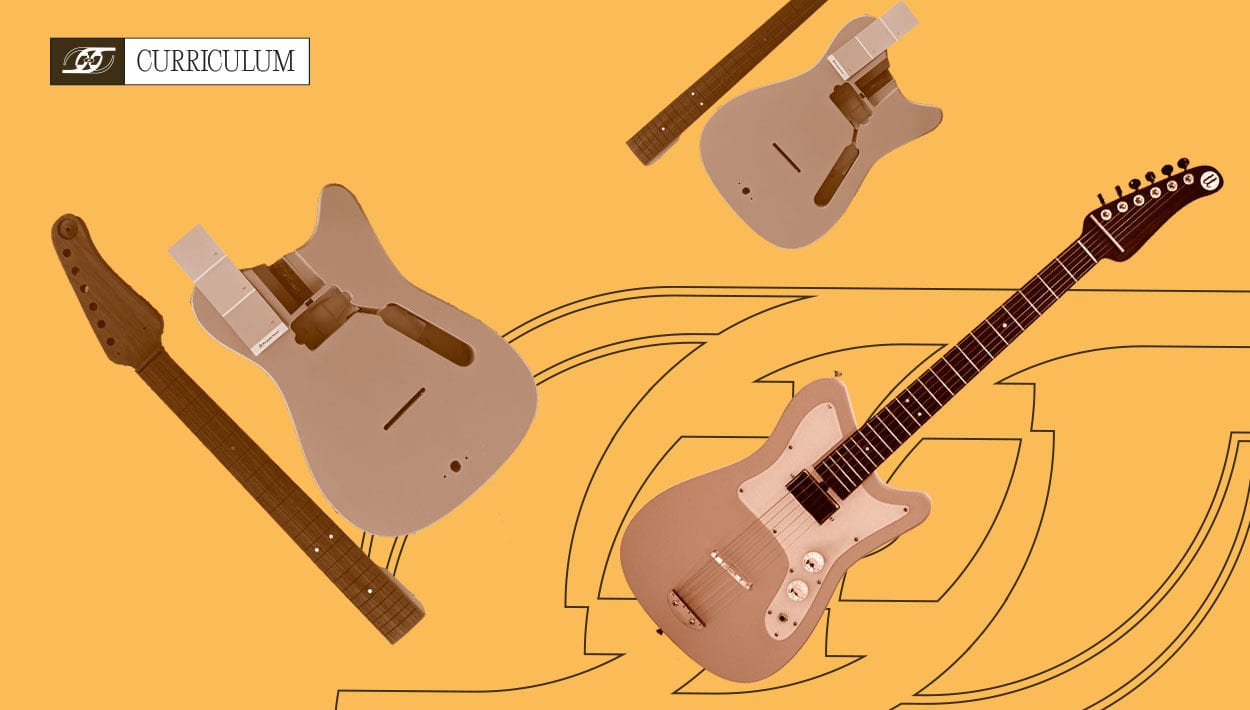
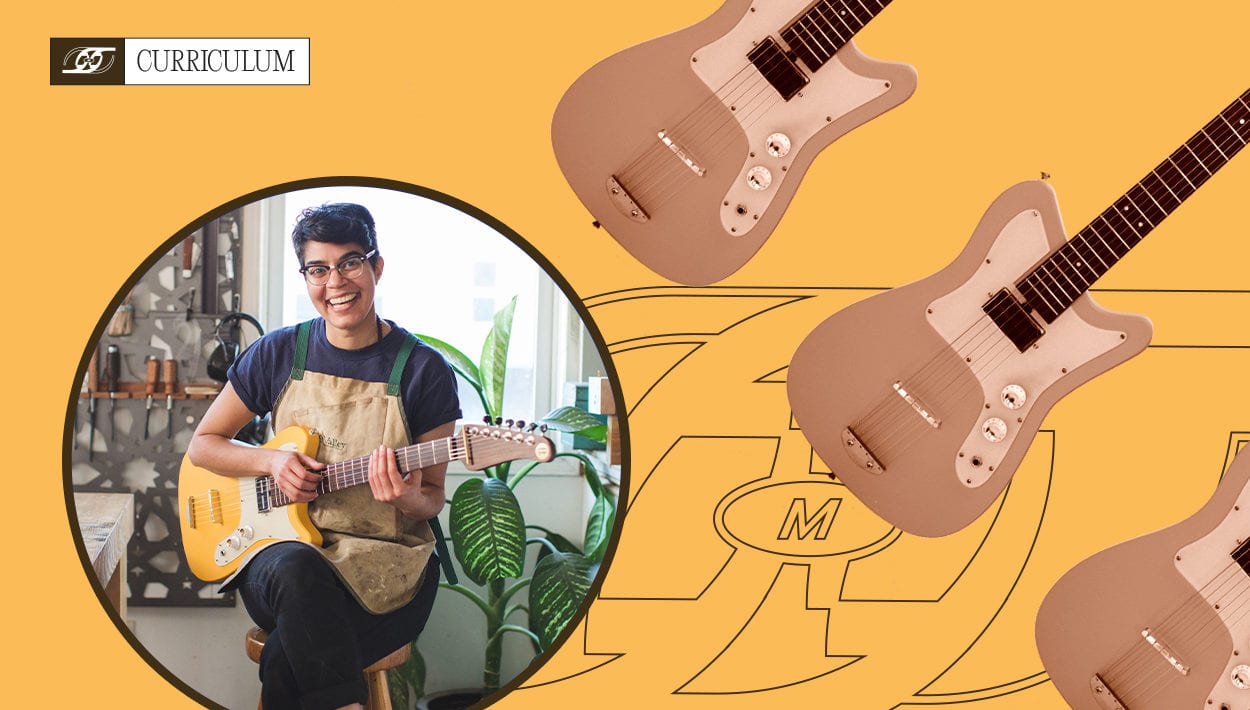
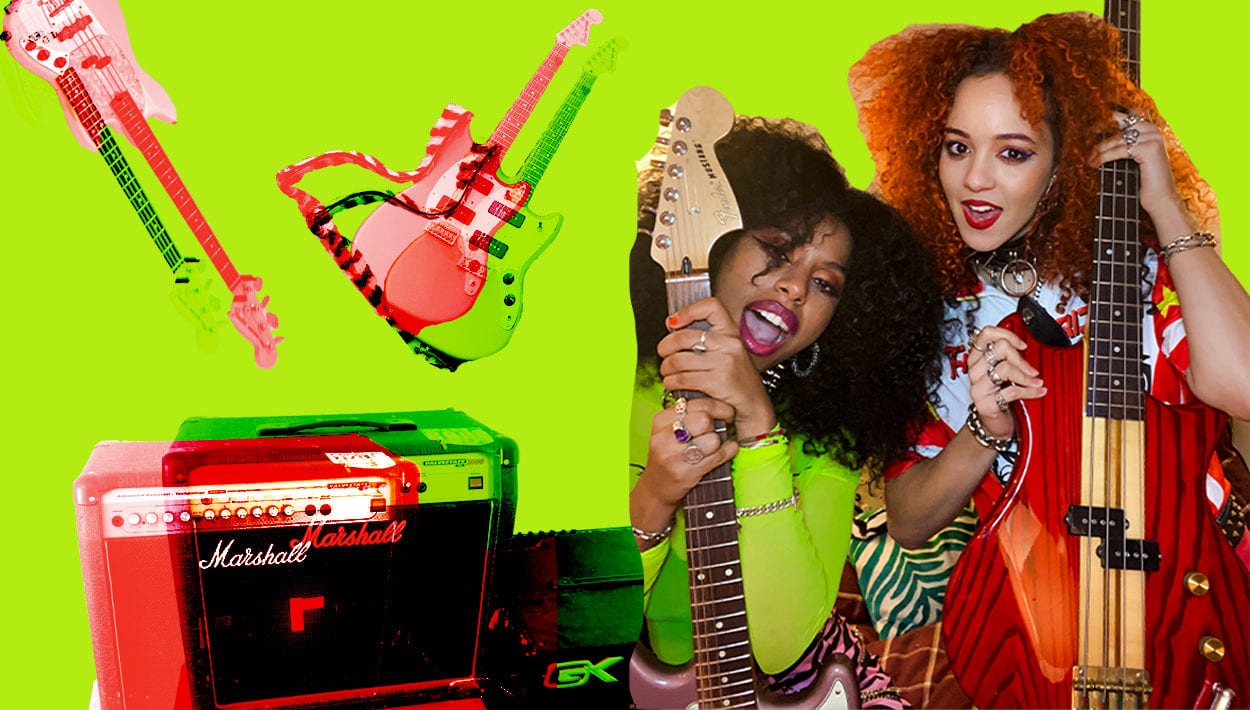

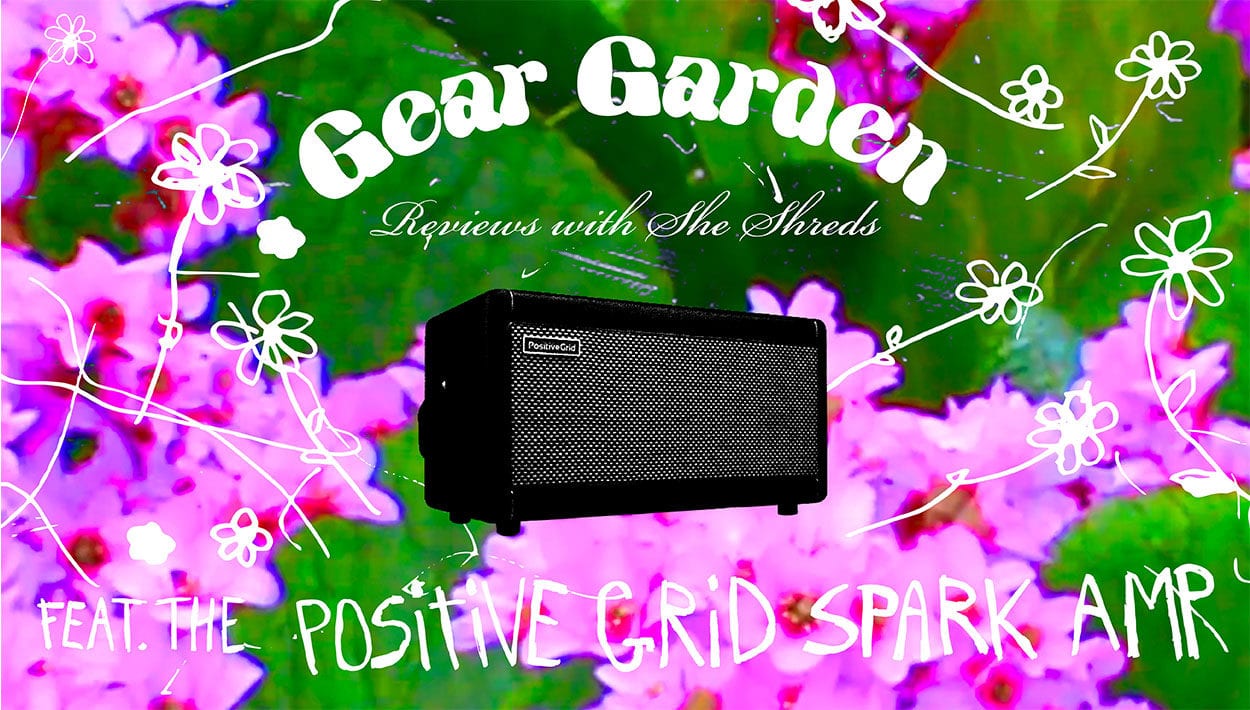
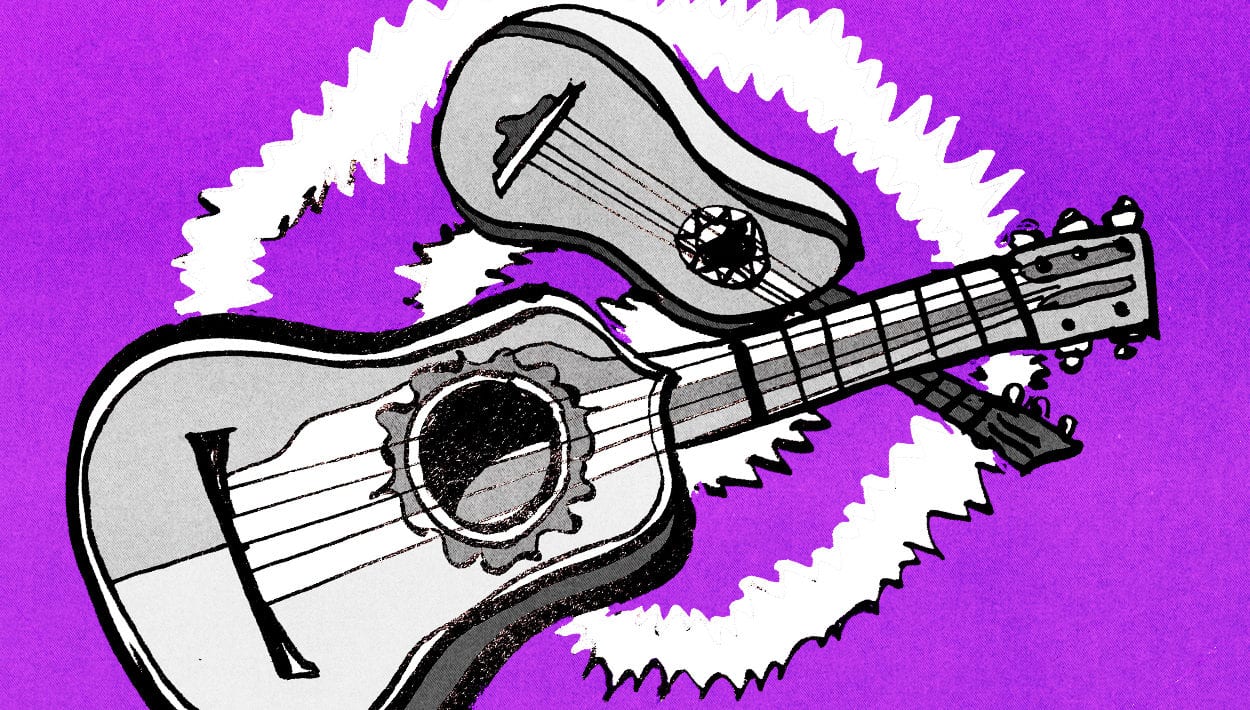


Comments
[…] official: you now know about effect types, power supplies dos and don’ts, cables and after this you will have been able to understand the placements of […]
Pingback by Pedals Pt. 4: Pedal Chain Configuration! on July 20, 2018 at 8:22 am[…] If you haven’t already, take some time to get caught up with part 1, part 2, part 3, and part […]
Pingback by She Shreds Media on August 7, 2020 at 11:18 am[…] that you know about the types of pedals and how to power them, we’re going to get into the world of […]
Pingback by She Shreds Media on August 7, 2020 at 11:29 am